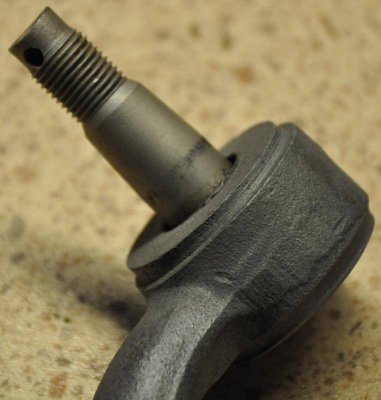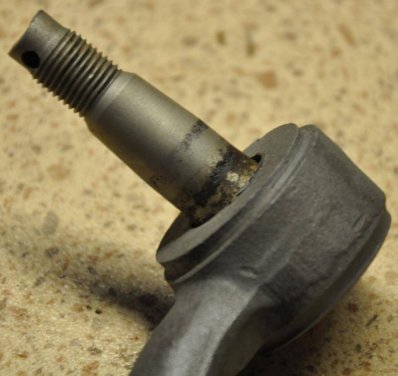BJ, I was being totally serious.
That was another new thing I did not know.
What years was that true on? I want to file that away upstairs.
I took it as you were joking around about not knowing that Imperials can be a lot different.
Oh well... Sorry.
I have no clue if it's different or not. All I know is what I experience and what I read. As it's been established, the 69 parts manual lists a different pittman and idler arm. Does that mean that the Chrysler arms won't work? Sorry... No idea.
As I said, I just have read a lot of people going "WTF?" when it comes to steering arms and Imperials. Combine the two and my head starts to explode.




















